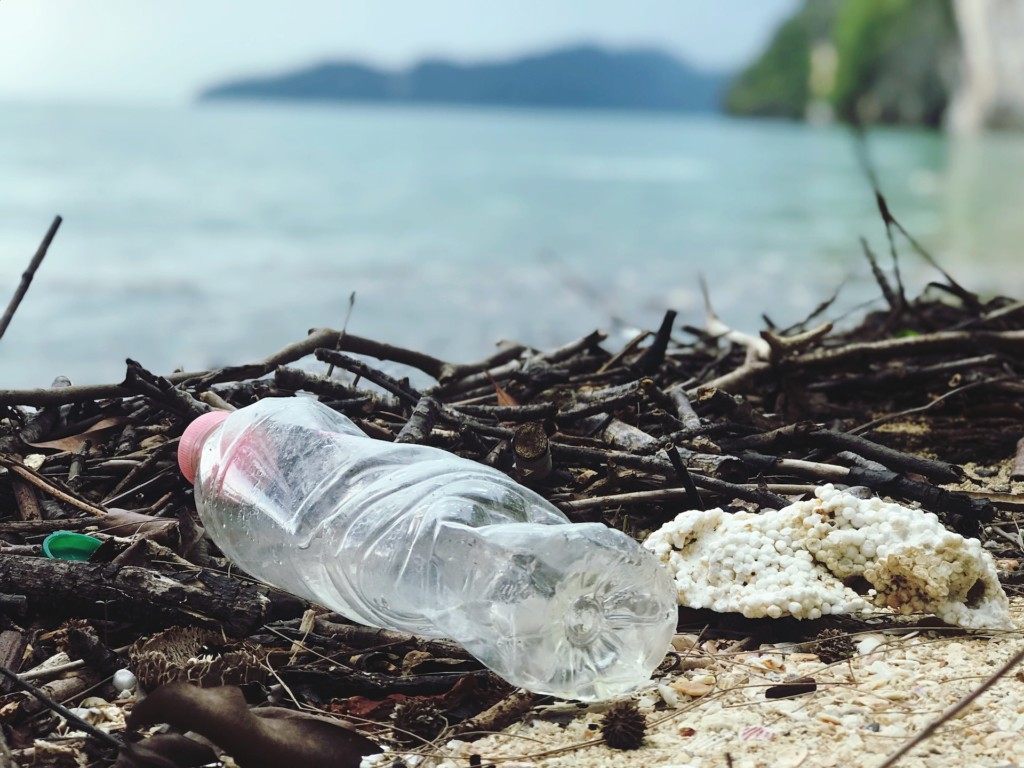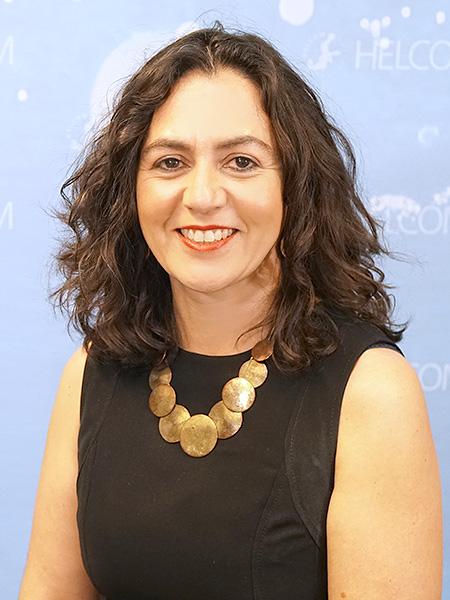by Marta Ruiz

One of the earliest lessons I learned as a child was the importance of sharing, an ethos that still resonates with me today. As an adult, I have come to understand that cooperation is key, especially when it comes to addressing critical issues like marine litter.
Litter knows no boundaries, affecting not only in the Baltic Sea but also in the Mediterranean, the Black Sea, and the North-East Atlantic. In 2016, it was estimated that 19-23 million tonnes — or 11%, of plastic waste generated globally — leaked into aquatic ecosystems, and this was predicted to reach up to 53 million tonnes annually by 2030.
In recognition of this shared problem, colleagues from these Regional Sea Conventions have been meeting since 2014 to informally discuss and exchange experiences on the implementation of the respective action plans on marine litter.
Monitoring for improved management
We already monitor beach litter, litter on the seafloor, and microlitter in sediments and water columns. However, national activities on riverine litter monitoring remain limited, and this is why inter-regional harmonisation is so vital. Once we monitor rivers with the same methodology regionally, we will obtain comparable data. These data will help us to identify the primary sources of riverine litter, the most frequently found items, as well as the areas of accumulation. Armed with this knowledge, we can devise the most appropriate mitigation measures to implement, primarily focussing on preventive ones, as these are more sustainable and cost-effective than remediation ones.
Laying the groundwork for further actions
This is where the Regional Action Plan on Marine Litter (RAP ML) comes into play. Adopted in 2021, the plan contains 28 actions addressing both land-based and sea-based sources of marine litter in the Baltic Sea.
Informed by the experiences gained through the first Action Plan (2015) and supported by data from the Second Holistic Assessment (HOLAS II) on the current state of marine litter in the Baltic Sea, the plan acknowledges the issue of riverine litter with a single action. Action RL3 aims to “establish a regional pilot project in collaboration with river basin authorities to assess input of macro litter by rivers to build sound regional knowledge base.”
While this action plan could be called modest in its approach to riverine litter, if successfully executed, it will pave the way towards an improvement in knowledge on this matter and will help determine the need to emphasise tackling riverine litter in the third Action Plan on Marine Litter.
Although it may be premature to discuss a third action plan, being prepared for the future and working collectively with colleagues from other Regional Sea Conventions will undoubtedly ensure our success on the challenges that lie ahead.
Author

Marta Ruiz
Associate Professional Secretary
HELCOM

